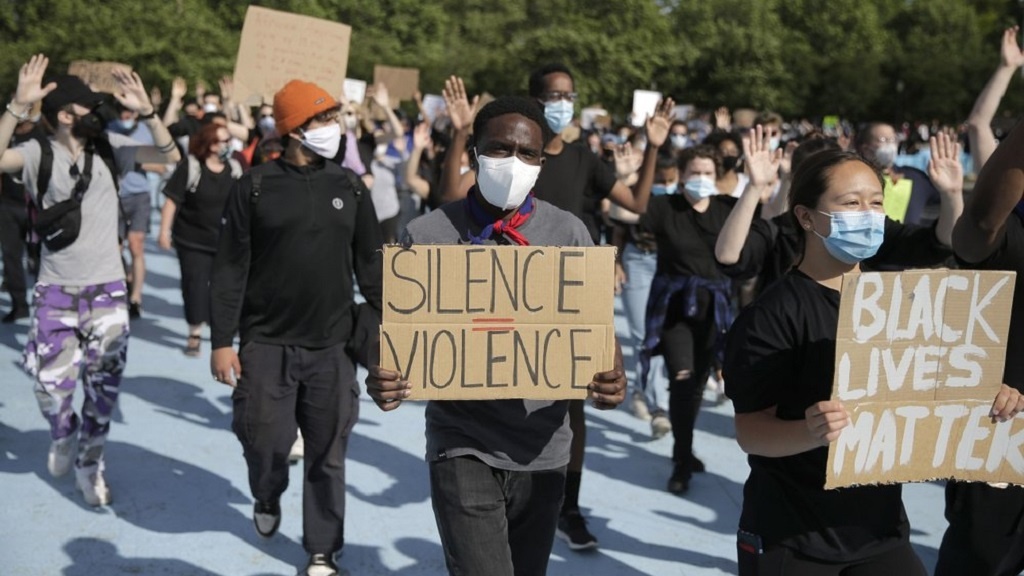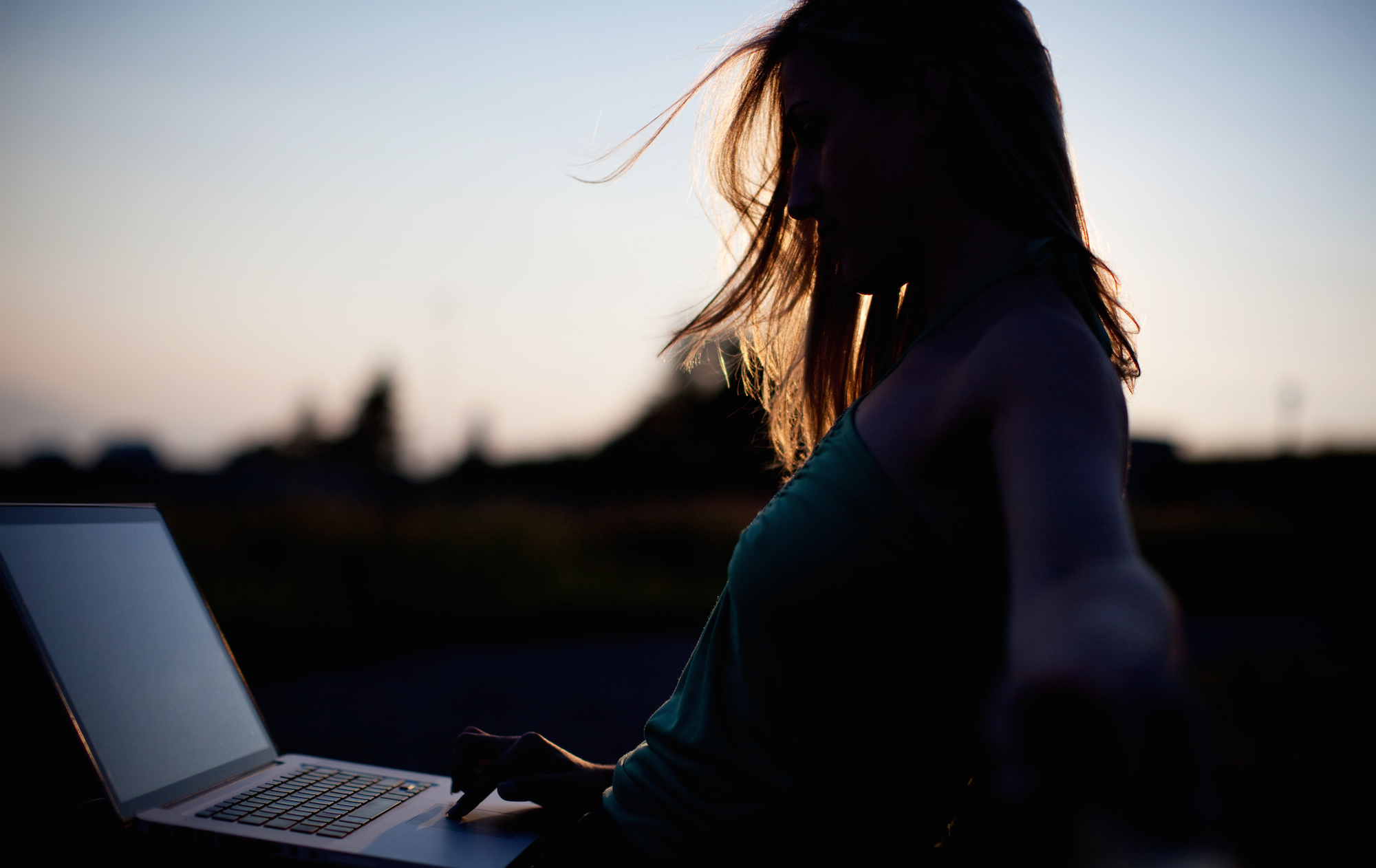
3 Things You Should Know About The COVID-19 Vaccine

3 Things You Should Know About The COVID-19 Vaccine

Dying While Dying: COVID-19 & Police Brutality in Black America

Why Was New York’s Presidential Primary Really Canceled?

Climate Connections: Climate Change and Coronavirus Could Have Similar Solutions

